Venice, Italy is a one-of-a-kind metropolis thanks to its stunning lagoon, rich artistic heritage, and fascinating history. Visitors come from far and wide to see this beautiful city with its famous canals, gondolas, and colorful buildings.
There is a lot to see and do, making it difficult to create the ideal itinerary. To make the most of your stay in Venice, it’s important to create a detailed itinerary in advance. This article will serve as a detailed travel guide to Venice, detailing the best sights to see, activities to partake in, and restaurants to dine at throughout your stay. Get ready to visit the stunning city of Venice by putting on your walking shoes and packing your bags.
Day #1 Check-In and Introductions
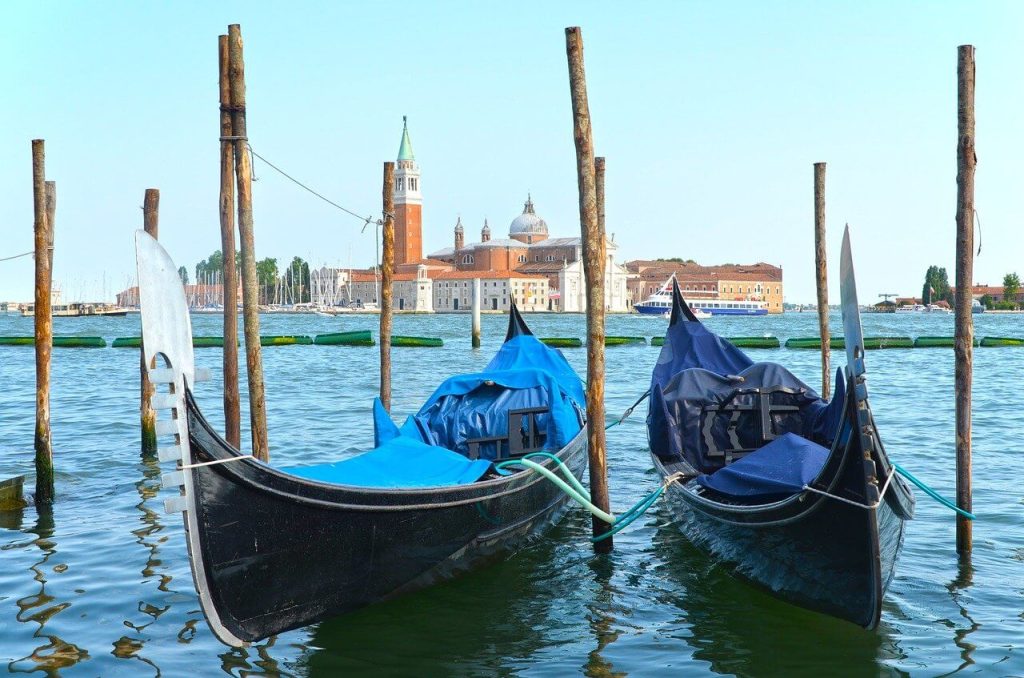
The first thing to do upon arriving in Venice is to familiarize oneself with the layout of the city. Marco Polo Airport, where planes land, is about 13 kilometers (or 8 miles) from the city center of Venice. Water taxis and buses will transport you from the airport to the heart of the city. If you’d rather use the train, the Venezia Santa Lucia station is conveniently positioned on the Grand Canal, a short stroll from the heart of the city.
It’s time to go sight-seeing after you’ve settled into your hotel room. St. Mark’s Square (Piazza San Marco) is a must-see when in Venice. Stunning buildings, such as the Doge’s Palace, the Campanile bell tower, and the world-famous St. Mark’s Basilica, surround this central square in Venice.
There is a solid reason why St. Mark’s Basilica is so well-known as a symbol of Venice. This breathtaking church features magnificent mosaics, gold leaf, and precious stones, and is a prime example of Italo-Byzantine architecture. The interior of the basilica can be explored by guests, who will find it crammed with priceless works of art, sculptures, and relics.
The next stop should be the Campanile bell tower, where you’ll be treated to a breathtaking panorama of Venice. At 98 meters, the tower provides breathtaking vistas over the city and its lagoon, canals, and surrounding islands.
After taking in the sights, it’s time to get lost in Venice’s charming backstreets and canals. Take your time wandering the streets and taking in the sights and sounds of the city; getting lost is part of the fun! Masks, glasses, and textiles are just some of the authentic Venetian goods you may purchase in the city’s many shops and boutiques.
At the end of the day, relax at one of Venice’s many restaurants serving authentic local cuisine. Delicious food is easy to come by in Venice, and there are several regional delicacies worth trying. Foods like shrimp risotto, liver prepared Venetian-style, and tiramisu are among the restaurant’s must-tries. Try some of the local wines with your meal, like Prosecco or Valpolicella.
Day one in Venice is all about acclimating to the city, seeing the major sights, and experiencing the city’s rich culture. Venice is a city full of breathtaking views, wonderful food, and interesting sights that will leave every visitor with lasting memories.
Day #2 Exploring Venice’s Famous Sights
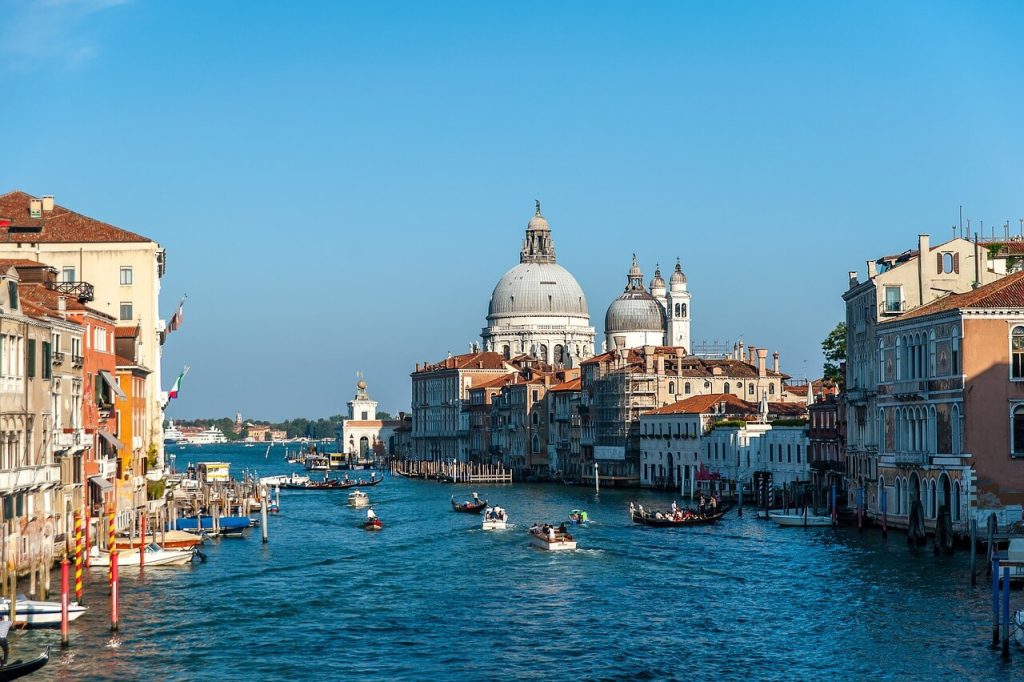
After a day of gathering your bearings, it’s time to start exploring all the things that make Venice special.
You may get your day started by wandering along Venice’s famous Grand Canal. A vaporetto, or water bus, is one way to see the canal, while a private gondola trip provides a more personal experience. Rialto Bridge, Ca’ d’Oro, and the Peggy Guggenheim Collection are just a few of the magnificent palaces and historic buildings that surround the canal.
The Rialto Bridge, the oldest of Venice’s four bridges over the Grand Canal, is a major tourist attraction. The bridge is surrounded by stores offering jewelry, souvenirs, and more, and it provides breathtaking views of the canal.
The Doge’s Palace on St. Mark’s Square is another landmark not to be missed. The Doge of Venice originally lived in this palace, which is now a museum dedicated to the city’s cultural heritage. The Council Chamber, the Doge’s Apartments, and the Armory are just a few of the elaborate chambers open to the public.
Visit the Peggy Guggenheim Collection in the Palazzo Venier dei Leoni on the Grand Canal if you’re into art. Picasso, Pollock, and Dal are just a few of the 20th century’s most influential painters represented here.
Take a break from sight-seeing to savor a classic Venetian meal. Bacari, or small bars, are a great spot to sample regional specialties like cicchetti, which are akin to tapas. Locals frequent these watering holes because they provide an excellent opportunity to try regional delicacies like sarde in saor and baccalà mantecato (creamed salt fish).
After lunch, head to Murano, an island famous for its glassworks. Ride a water taxi to the island where you can observe skilled glassblowers at work. The Glass Museum tells the narrative of Murano’s glassmaking tradition and shows the works of renowned glass artists; it is certainly worth a visit.
Visit one of Venice’s rooftop bars at the end of the day to take in the cityscape as the sun sets. Guests of the Hilton Molino Stucky Venice may enjoy breathtaking views of the city and lagoon from the Skyline Rooftop Bar.
The second day is dedicated to seeing the sights that make Venice special. This picturesque city has enough to offer everyone, from the Grand Canal and the Doge’s Palace to the glassblowing on Murano.
Day #3 Art and Culture in Venice
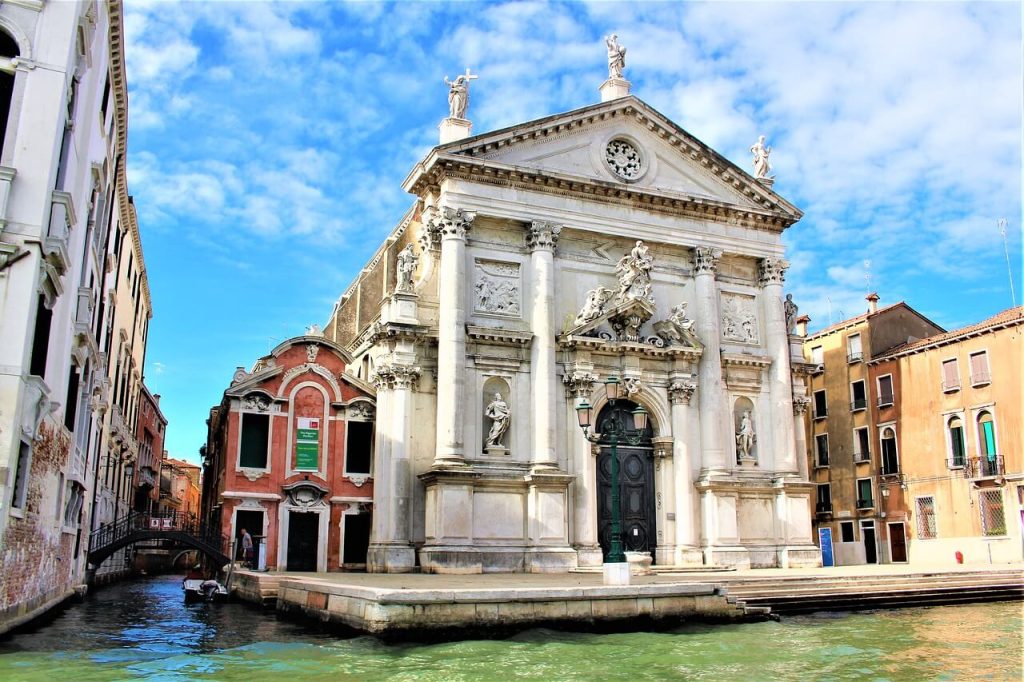
The third day is dedicated to exploring the city’s extensive cultural offerings. One of the best art collections in Venice can be found at the Gallerie dell’Accademia, so make it your first stop of the day. Bellini, Tintoretto, and Titian are just a few of the famous Venetian artists whose works are on display here.
Visit the Peggy Guggenheim Collection next to learn more about contemporary and modern art. Picasso, Dal, and Jackson Pollock are just a few of the 20th century’s most important painters represented here.
After you’ve had your fill of art museums, take a stroll through the picturesque canals and charming architecture of the Dorsoduro neighborhood. See the beautiful Baroque Church of Santa Maria della Salute, constructed in the 1700s to celebrate the end of the plague. The church is at the beginning of the Grand Canal and overlooks the city below.
Try some of Venice’s most well-known dishes for lunch. Try the cicchetti at a bacaro or the risotto or spaghetti alle vongole (clams) at a classic osteria.
The Palazzo Grassi, a museum of modern art housed in a stunning palace on the Grand Canal, is a great choice for a relaxing afternoon out. The museum is well-known for its cutting-edge and thought-provoking modern and contemporary art exhibitions, which are featured in a series of rotating galleries.
Experience authentic Venetian music at a concert in a historic church or palace. For instance, local musicians’ talents are regularly showcased at performances held at the Scuola Grande di San Teodoro.
Take a gondola ride over the canals of Venice at night to end the day on a romantic note. As your gondolier plays music, you’ll glide past landmarks like bridges and churches.
The third day is dedicated to experiencing the city’s vibrant cultural scene. There is a much to see and do in this exciting city, from the Gallerie dell’Accademia to the Peggy Guggenheim Collection to the Palazzo Grassi.
Day #4 Island Hopping
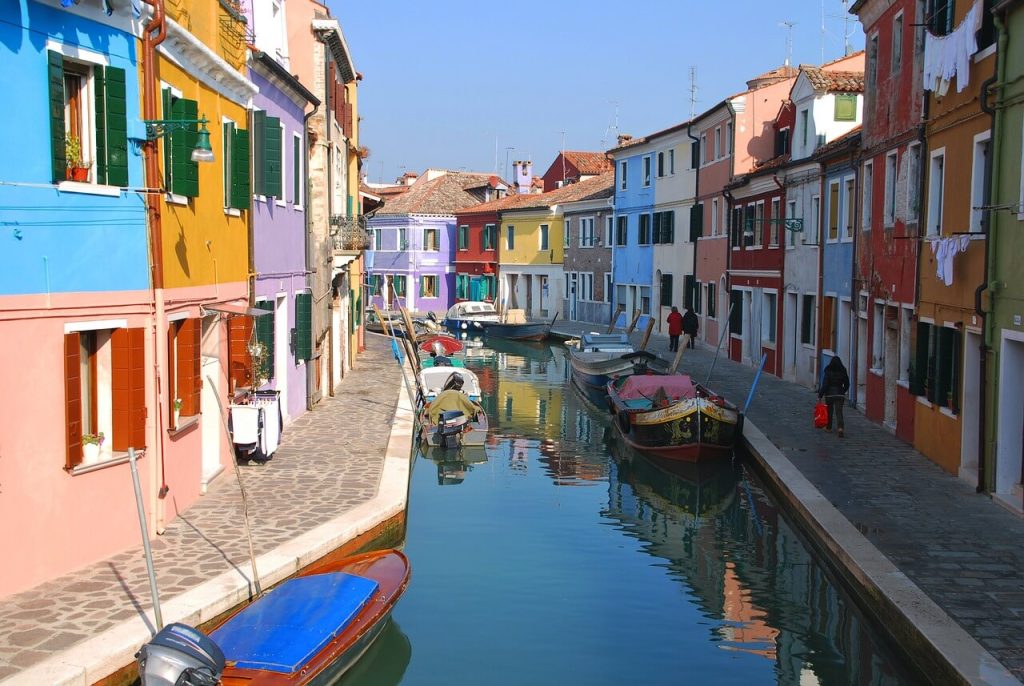
The islands outside of Venice will be the focus of day four’s excursion. Several islands are within easy boating distance of the mainland, and each one has its own special appeal.
Take a vaporetto, or water taxi, to the island of Murano first thing in the morning. Visit one of Murano’s many glass manufacturers and marvel at the skills of master craftspeople; the island is well-known worldwide for its glassware. The Murano Glass Museum houses an impressive collection of glassworks from various cultures and time periods.
Next, visit Burano, an island famous for its brightly painted homes and delicate lacework. Wander the winding alleyways and take in the vibrant atmosphere, and don’t miss the chance to learn about the island’s lace-making history at the Museo del Merletto.
Try some of the fresh seafood, like grilled squid or fried sardines, at one of the island’s many seafood restaurants for lunch.
You may visit some of Venice’s oldest structures on the island of Torcello, just a quick boat journey away, after lunch. Climb the bell tower of the ancient Basilica di Santa Maria Assunta, which was built in the seventh century, to get a panoramic perspective of the islands in the area.
Come back to Venice in the evening and spend some time in the exciting Cannaregio district. In addition to its lively streets and local feel, this region is home to several excellent dining and drinking establishments.
You might also visit the Lido di Venezia, a long, skinny island that sits between the lagoon and the Adriatic Sea. You can spend the evening lounging in the sand or sipping a drink at a seaside bar, as the island is well-known for its beaches and high-end resorts.
The fourth day is dedicated to exploring the islands off the coast of Venice and learning about their fascinating histories and cultures. There is a wide variety of activities and sights to see on these lovely islands, from glassmaking in Murano to lacemaking in Burano to ancient history in Torcello.
Day #5 Shopping and Dining in Venice
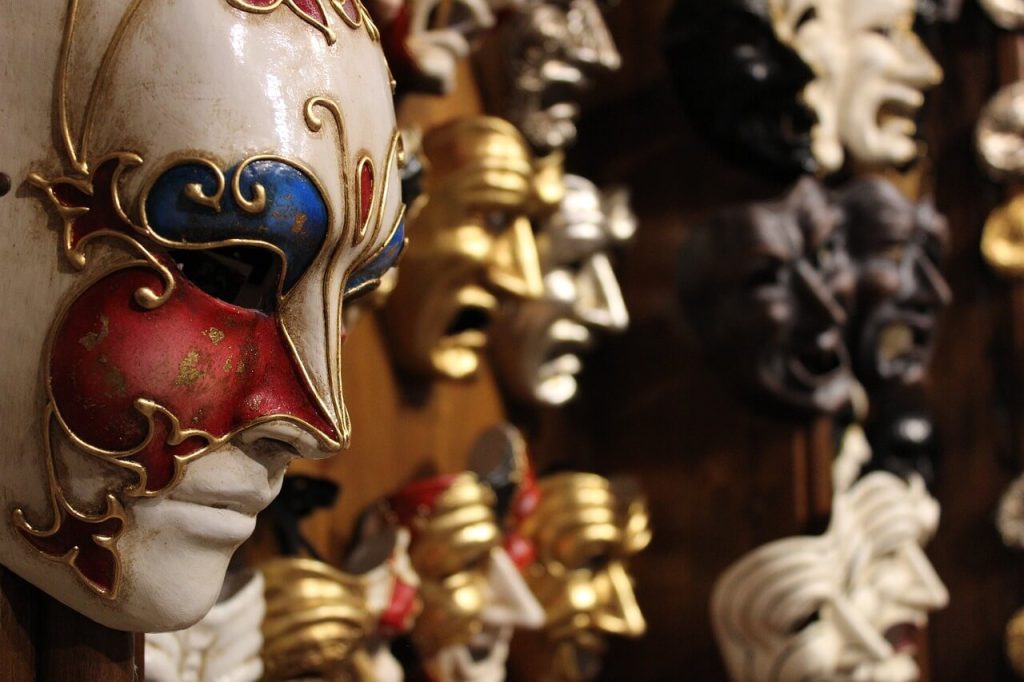
The last day of your vacation in Venice is the perfect time to sample the local food and pick up some last-minute gifts.
Breakfast in Venice typically consists of coffee and pastries like croissants and brioches. Visit a local favorite like Pasticceria Tonolo or the historic Caffè Florian, considered one of the oldest cafés in Europe.
The next stop is the vibrant and colorful Rialto Market, where you can purchase a variety of fresh fruits, vegetables, fish, and other regional delicacies. Pick up some fixings for a picnic, or just people-watch in this lively setting.
Try some baccalà mantecato (creamed salt cod), sarde in saor (marinated sardines), or fegato alla veneziana (liver prepared in the style of Venetian cooking) for lunch today. For genuine Italian cuisine, dine at an osteria like Osteria da Alberto or Trattoria da Fiore.
We’ll go shopping just after lunch. Glassware, masks, and lace are just a few examples of the many handcrafted items you may discover in Venice. You can buy glassware straight from the factories on the island of Murano, or you can go to the Fondaco dei Tedeschi, a high-end retail mall with a large selection of designer labels.
Spend an intimate evening together at one of Venice’s many five-star restaurants. Quadri, a Michelin-starred restaurant with a breathtaking view of St. Mark’s Square, and Il Ridotto, a cozy restaurant serving a contemporary take on classic Venetian fare, are two popular choices.
Take one last tour across the city after dinner to take in the lighted canals and ancient landmarks. For a final taste of the city’s wonderful gelato, you can also visit one of the many gelaterias.
Day five is dedicated to sampling some of Venice’s finest dishes and purchasing some one-of-a-kind keepsakes to remember your trip by. This city has a wide variety of attractions, from historic taverns to modern malls.
Day #6 Farewell to Venice
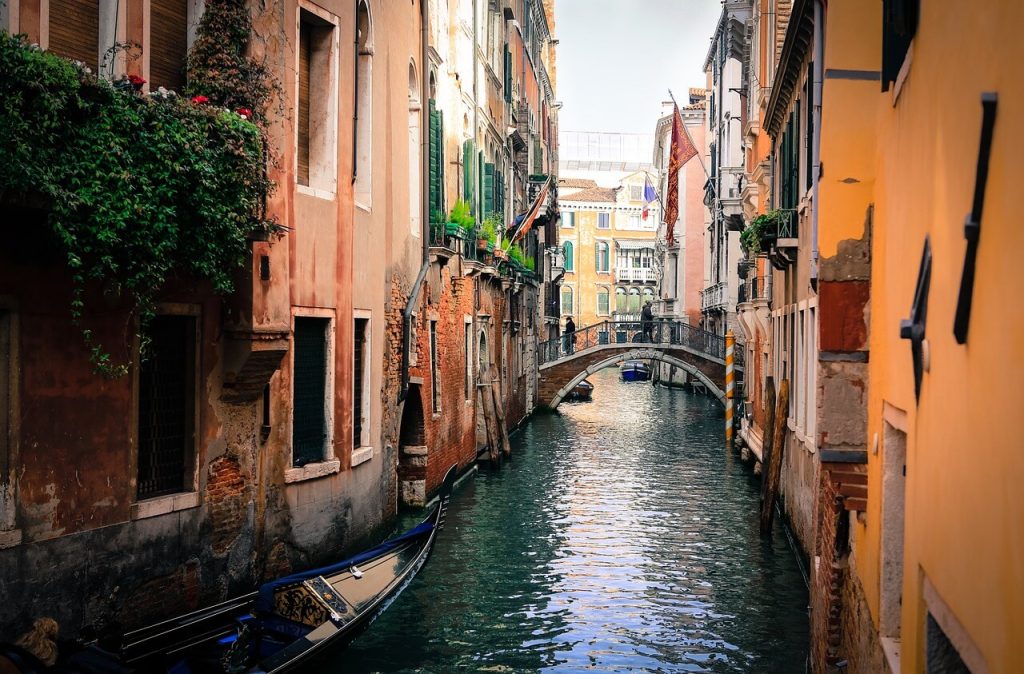
It’s time to say farewell to Venice on your final day of vacation. There are still some fantastic things you can do before you depart, though.
Take the stress out of the day with a calming gondola ride along the city’s canals. This is the best opportunity to take stunning photographs while taking in the city’s beautiful charms for the last time.
Visit one of Italy’s most significant collections of 20th-century art at the Peggy Guggenheim Collection after your gondola ride. You may stroll through gorgeous gardens and view works by renowned artists including Jackson Pollock, Salvador Dali, and Pablo Picasso.
Cicchetti are little dishes of food typically served for lunch in the city and are ideal for sharing. To unwind over lunch, visit one of the city’s many bacari, or small pubs serving cicchetti and drinks.
Explore the former Venetian government headquarters, the Doge’s Palace, in the afternoon. The palace has various rooms and chambers to explore, as well as the infamous Bridge of Sighs leading to the prison.
Visit Piazza San Marco, Piazza della Signoria, and Campo Santa Margherita, just a few of Venice’s many stunning public spaces, before you leave the city. Take in some street performances and people-watch while sipping coffee or gelato at one of the many cafes.
Take a moment to think back on your time in Venice and the unforgettable experiences you’ve had. The journey to Venice will be one you will never forget because of the city’s beauty and the variety of experiences it provides.
Day six is spent taking in the last of Venice’s magnificent sites and attractions before bidding the city adieu. This is a day that will leave you with indelible memories, whether you spend it on a gondola ride, at the Doge’s Palace, or just sipping coffee in a charming piazza.
Concluding The Vacation in Venice
The history, architecture, gastronomy, and experiences you may have in Venice are unlike any other. This itinerary will help you make the most of your time in Venice by allowing you to see the city’s most famous sights as well as discover some of its lesser-known jewels. St. Mark’s Basilica and the peaceful islands of the lagoon are just two of the many attractions in Venice.
You can make memories that will last a lifetime by following this plan and experiencing the city’s culture, art, gastronomy, and beauty. Get your bags ready, buy your plane tickets, and get ready to visit a city like no other!
Frequently Asked Questions- Venice
Is it safe to travel to Venice?
Yes, Venice is widely regarded as a safe city for visitors. However, it’s always smart to practise common sense safety measures like keeping an eye on your surroundings, locking up your valuables, and sticking to well-lit, populated areas.
What is the best time of year to visit Venice?
The months of April and May, as well as September and November, are ideal for a trip to Venice. The weather is pleasant, there are less people, and costs are reduced at these times. Winter and summer are the best times to visit if you want to see the city’s famous funfair or the Venetian Biennale.
When in Venice, how do I get around?
Most of the city’s sights in Venice are conveniently located within a pleasant strolling distance from one another. However, vaporetti (water buses) and water taxis are also available for travel between the city’s many canals. The city’s gondolas are another popular mode of transportation, albeit they may be fairly pricey.
When visiting Venice, what should I pack in my suitcase?
Venice is a fashionable city, therefore it’s best to look your best whenever you go out. Dress more formally for evening gatherings, whereas trainers and casual clothes are fine for daytime outings.
What are some of the city’s signature dishes?
Try the squid-ink risotto (risotto al nero di seppia), the Venetian-style liver (fegato alla veneziana), the sweet-and-sour sardines (sarde in saor), and the creamed salt cod (baccalà mantecato) when in Venice. Don’t leave without sampling some of the local cicchetti, or little dishes of cuisine.

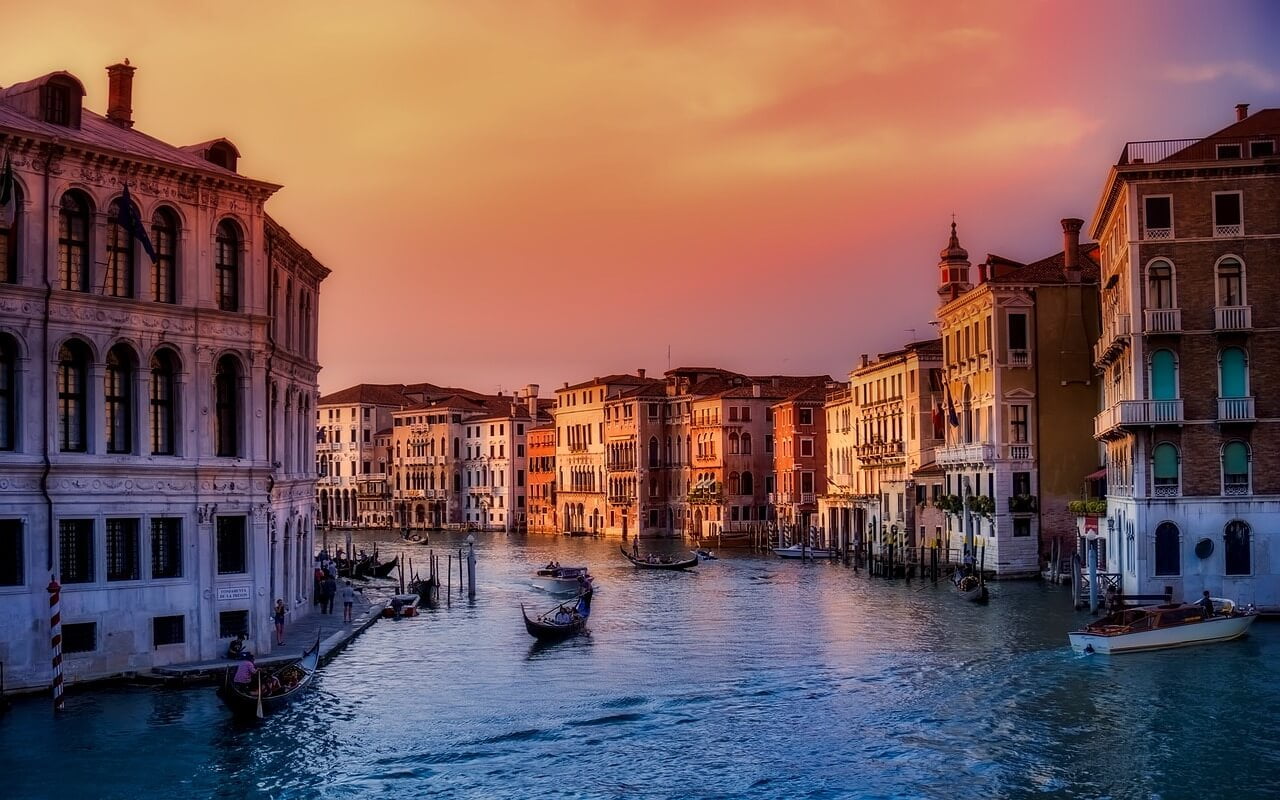
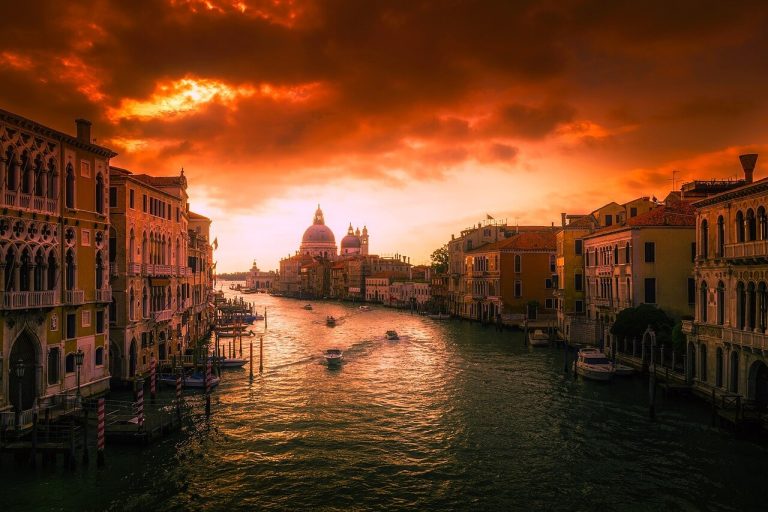
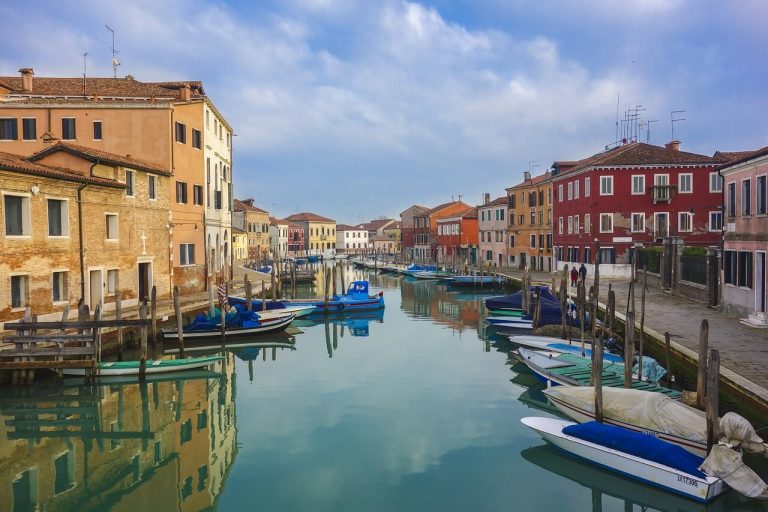

+ There are no comments
Add yours